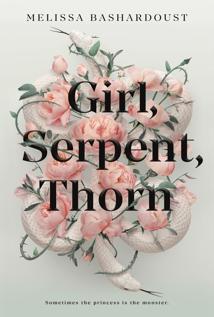
Stories always begin the same way: There was and there was not. There is possibility in those words, the chance for hope or despair.
Take Persian mythology and worldbuilding, more than a touch of fairy tale feel, a cursed princess, demons, div (what in a Euro-centric story would be probably be fae), a touch of romance, and the spark of revolution.
It’s an interesting world, an interesting premise, and you really want everything to go right in the end. I like the variety of non-humans. They feel the same as dozens of stories I read before–and yet, being based on a different set of myths and legends, different. All at the same time. It’s fun.
Parvaneh seemed to be made of the night. She wore it like a gown, draped over skin that shimmered in the moonlight.
I like the point of view. She’s literally deadly to the touch… but not nearly as much a monster as she thinks she is. Which works far better than I’d expect.
She had read enough stories to know that the princess and the monster were never the same. She had been alone long enough to know which one she was.
And I enjoyed the relationships. Family. Childhood stories. And more.
“In the dungeon, I used to like making you angry,” Parvaneh said. She reached down to scoop up one of the moths and held it up to her face, brushing its wing against her cheek with a tenderness that only worsened the fluttering in Soraya’s stomach. Parvaneh let the moth fly away and looked Soraya in the eye. “But I think I like making you laugh even more.”
Especially if you enjoy novels with a feel of fairy tale magic, give this one a try. It’s good.
She was herself and not herself–she didn’t know what she was, except that she was free.